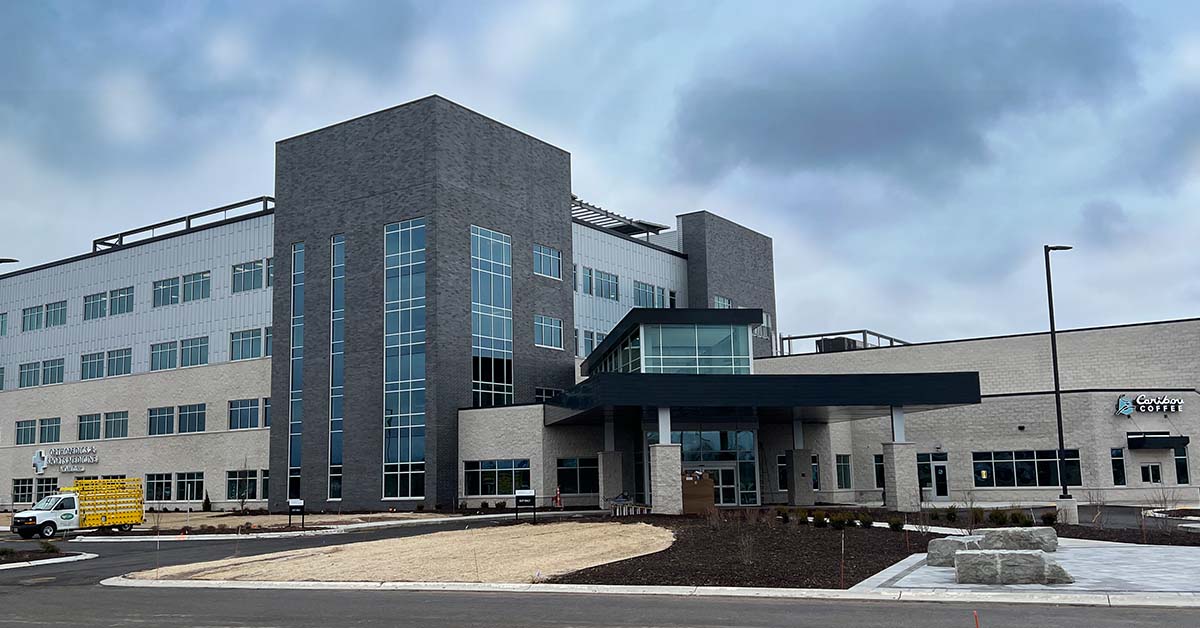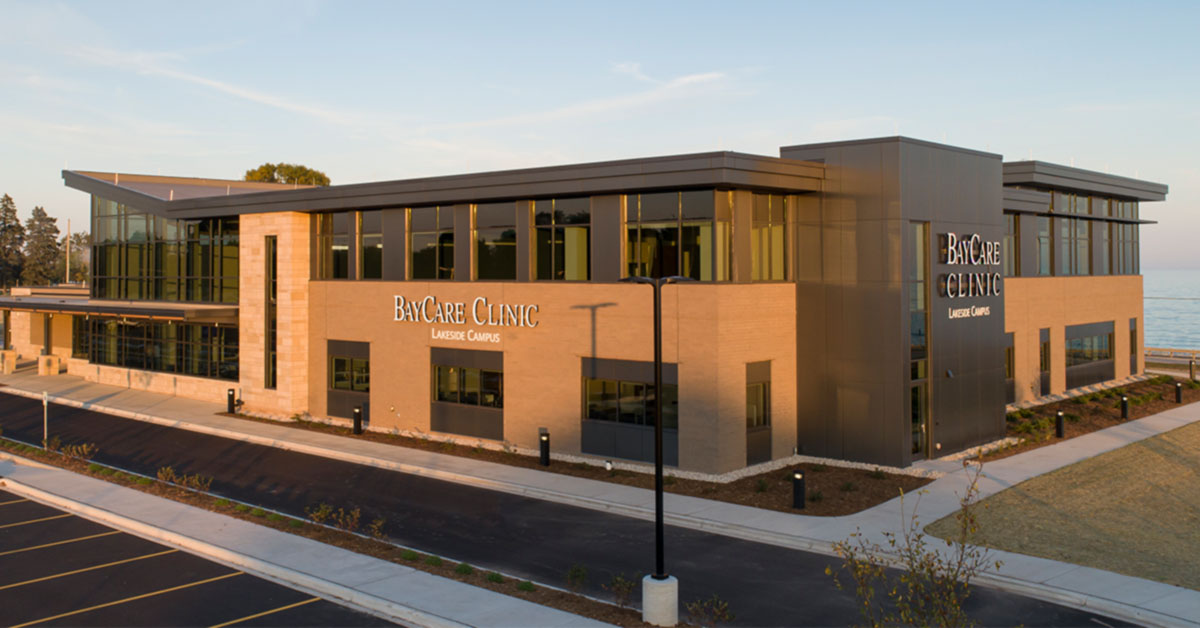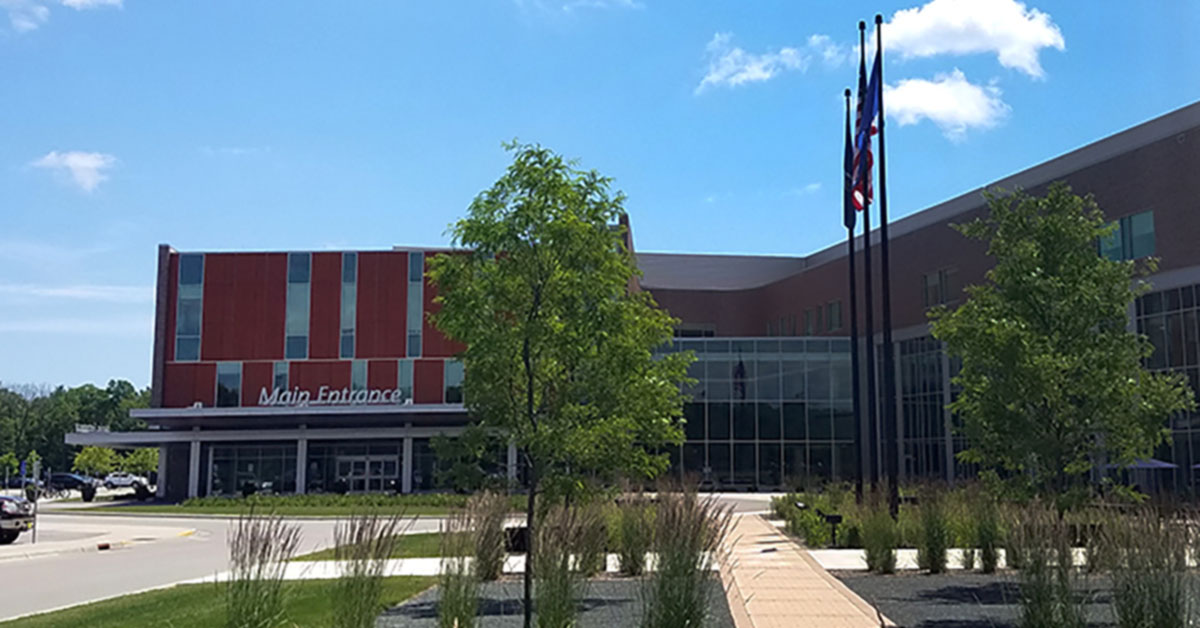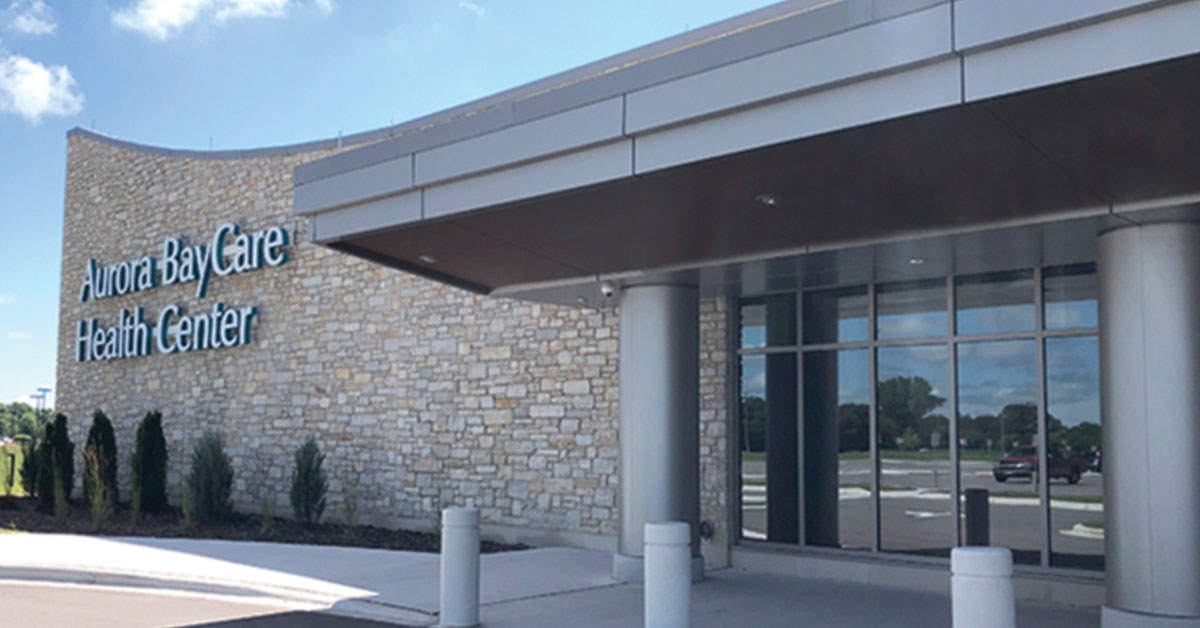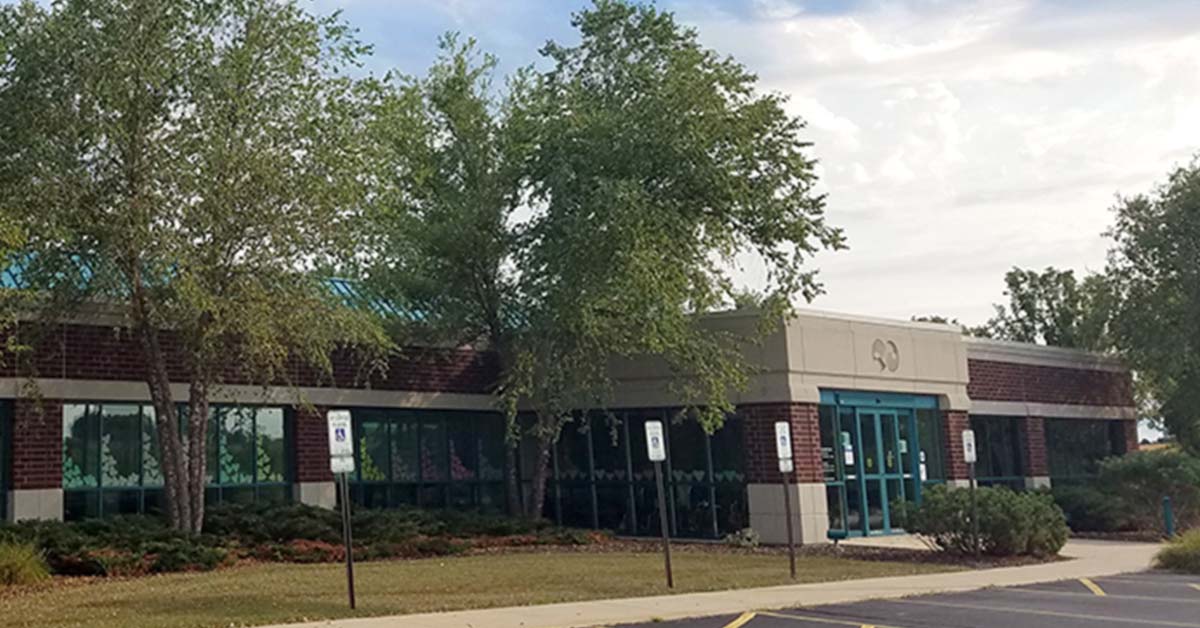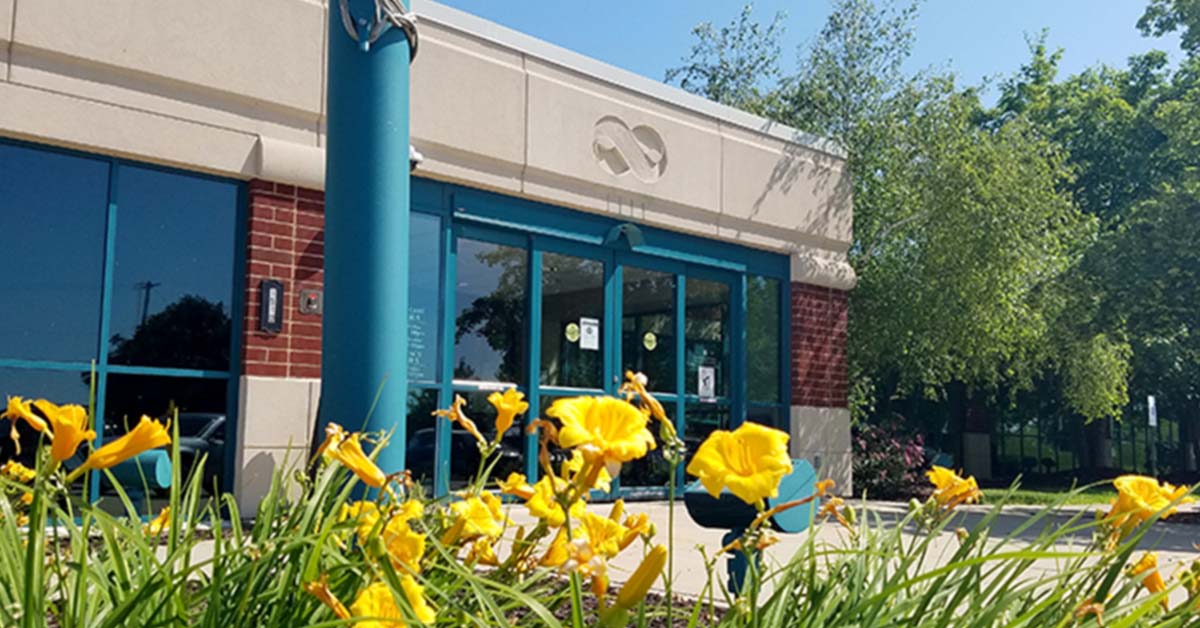Total Shoulder Replacement
Orthopedics & Sports Medicine
Total shoulder replacement surgery can be an option to treat chronic shoulder pain
Total shoulder replacement surgery can help relieve pain associated with shoulder osteoarthritis, or degenerative joint disease, caused when cartilage is worn away after years of use.
Our goal is to create individualized care plans to reduce pain, improve mobility, reduce the likelihood of further injury and return people to their normal activities as quickly and safely as possible.
What are the symptoms of shoulder arthritis?
People who have shoulder arthritis often report:
- Pain in the shoulder joint
- Stiffness
- Limited mobility
- Grinding, clicking or cracking
How we treat shoulder arthritis
An orthopedic specialist will discuss your history and conduct a physical examination. X-rays are required to identify arthritis in the shoulder, but an MRI may also be ordered.
Nonsurgical treatment options include:
- Rest
- Modifying activities
- Physical therapy
- Heat or ice compresses
- Anti-inflammatory medication
- Dietary supplements
- Cortisone injections
- Platelet rich plasma (PRP) injections
- Stem cell therapy
Which surgical options are available?
If nonsurgical methods do not reduce pain, surgical options are available. They may include total shoulder replacement or reverse total shoulder replacement
What does total shoulder replacement surgery involve?
During total shoulder replacement surgery, an orthopedic surgeon replaces the humeral head, or upper arm bone, and glenoid, or cup, of the shoulder with artificial components.
What is reverse total shoulder replacement surgery?
Reverse total shoulder replacement surgery is an option for people with severe osteoarthritis and a rotator cuff tear. It may be recommended for people for whom conventional surgical methods cannot satisfactorily manage shoulder pain and loss of function.
Our goal at Orthopedics and Sports Medicine BayCare Clinic is to restore each patient’s desired quality of life by creating individualized care plans to reduce pain, improve mobility, reduce the likelihood of further injury and return people to their normal activities as quickly and safely as possible.
